It’s no secret that baseball has its own specialized language, from the insider lingo used by Major League front offices to the jargon shared among players in the dugouts and on the fields. But even for those who are deeply familiar with all things baseball, there’s one phrase that often sets off a “what does that mean?” moment -RHP. If you’ve ever stumbled over this acronym when talking or reading about baseball, you probably haven’t been alone. To shed some light on exactly what RHP is known as in terms of both performance and position, let’s explore what makes right-handed pitchers such an integral part of any professional roster -beginning with understanding RHP.
What Does RHP Stand for?
RHP stands for Right-Handed Pitcher. As a right-handed pitcher, you’d be responsible for tossing the ball with your dominant hand from the pitching mound on the diamond. Right-handed pitchers (RHP) are a common sight in Major League Baseball (MLB), where the majority of players are divided into two distinct groups based on their arm orientation: lefties and righties. There are also some rare ambidextrous pitchers that can throw with both hands, but they tend to be less common.
RHP is an important distinction in baseball as it helps to determine which type of player would best suit the needs of a team’s roster. Pitchers who throw with their right hand tend to dominate the mound and can have a large impact on the outcome of any game they are involved in. Teams must always consider if they need more RHP or lefties when constructing their roster, or determining which pitchers to bring in during certain scenarios in order to create the most advantageous matchup for their team. [1]
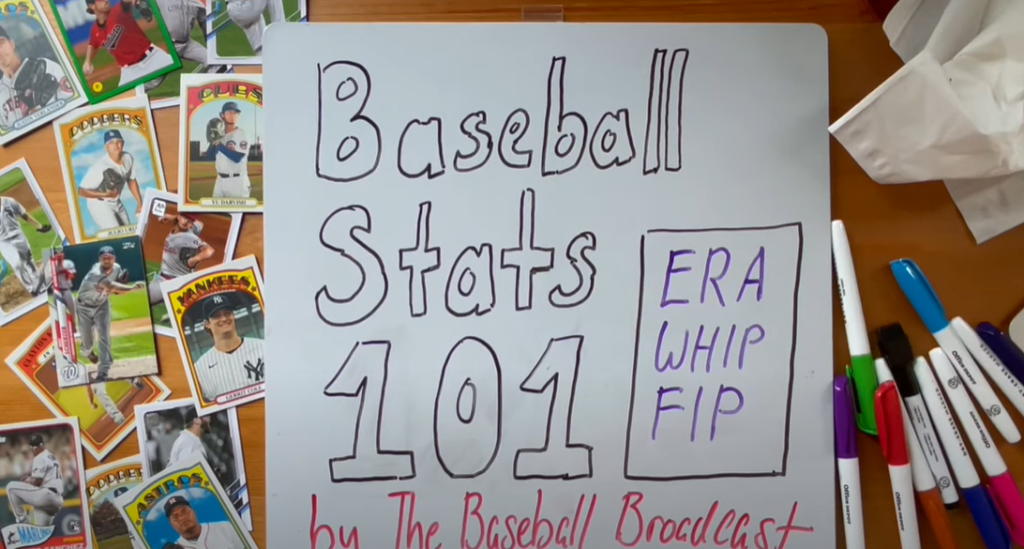
How Do Right-handed Pitchers Stand Out?
The innate ability of right-handed pitchers (RHP) to use their dominant arm gives them a marked advantage in the game of baseball. Right-handed pitchers can throw fastballs with greater velocity and accuracy than lefties and are better suited for certain strategies such as the slider and curveball. Additionally, righties have an easier time hiding the ball from hitters due to the angle it is thrown from. These advantages make them more attractive options when building a team’s pitching staff. Furthermore, they are better positioned to exploit the tendencies of left-handed batters since over 75% of players in Major League Baseball bat from that side. Thus, having several quality RHP on a roster can give teams an edge when competing for championships.
How Do Left-handed Pitchers Stand Out?
Left-handed pitchers possess a special edge when it comes to baffling opposing hitters with their throwing actions, making them formidable adversaries for righties. The angle and movement of the ball coming from lefties is much different than that of a right-hander, making it harder for hitters to read the pitch and anticipate where it will land. Moreover, certain pitches such as the changeup are easier for southpaws to throw due to the spin they put on the ball. In addition, LHP can more easily cause disruption in the minds of opposing batters simply because left-handed pitchers are less common than their righty counterparts. As such, having several quality LHP on a roster can be beneficial for teams looking to gain an edge against tougher opponents. [2]
Advantages of RHP in Baseball
One of the main advantages of RHP in baseball is that it gives pitchers an advantage against left-handed batters. Right-handers have a natural edge when facing lefties due to the angle from which they throw the ball, and their arm strength. RHP are also able to get more ground ball outs since their pitches tend to move away from hitters instead of towards them.
Additionally, right-handed pitchers can better control the location of their pitches since they are able to utilize all four quadrants of the strike zone, as opposed to just three for lefties.
Finally, RHP often has an advantage over opposite-handed pitchers because they can use certain types of breaking balls more effectively than their counterparts. All these reasons make right-handed pitchers a valuable asset to any team looking for success in the major leagues.
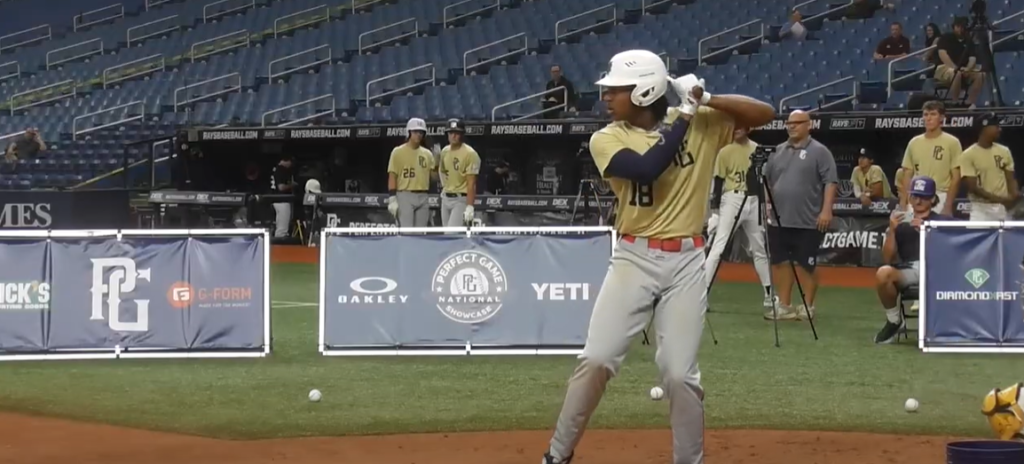
RHP vs. RHH
RHP (right-handed pitcher) and RHH (right-handed hitter) are terms commonly used to describe baseball players. RHP refers to a player who throws right-handed and bats right-handed, while RHH refers to a player who only hits right-handed but can throw with either hand. The vast majority of baseball pitchers are RHP because the majority of batters are also righties. This gives them an advantage over lefty pitchers as they can better anticipate the location of pitches when facing a righty batter.
The main difference between RHP and RHH is in the way they approach hitting. Right handed pitchers generally have more power than their RHH counterparts because they are able to generate greater torque from their lower body when throwing, resulting in greater velocity. Right-handed hitters, on the other hand, are more adept at hitting for contact and making adjustments to their approach based on the pitch they are facing. This can make them valuable assets as either pinch hitters or situational players.
Overall, understanding the differences between RHP and RHH can help coaches, managers, and scouts make better decisions when it comes to assembling a team. While each type of player brings something unique to the table, it is important to recognize that both types are equally valuable in helping a team achieve success on the field. [3]
Are Left Handed Pitchers Rare?
Right-handed pitchers (RHP) are more common in baseball than left-handed pitchers (LHP). This is due to the fact that most people throw with their right hand, making it easier for them to learn and excel at throwing a baseball. However, despite being less common, LHP can still be successful in the game of baseball.
When looking at the numbers, there have been slightly more RHP than LHP throughout history. In the 2020 MLB season alone, there were 332 RHP compared to 134 LHP out of 466 total pitchers. This is roughly a 70%/30% split between the two groups of pitchers.
Despite this split, left-handed pitchers tend to be valued highly by teams. This is due to the fact that left-handed pitchers have natural advantages against right-handed batters, and can be more difficult for them to hit. Teams often try to acquire as many left-handed pitchers as possible in order to put together a successful pitching staff.
Overall, left-handed pitchers are not rare in baseball but they are the minority when compared to right-handed pitchers. Lefties tend to be valued higher by teams due to their unique abilities on the mound and their ability to give opposing batters more difficulty. With the right training and preparation, any pitcher – regardless of handedness – can succeed in baseball at any level.
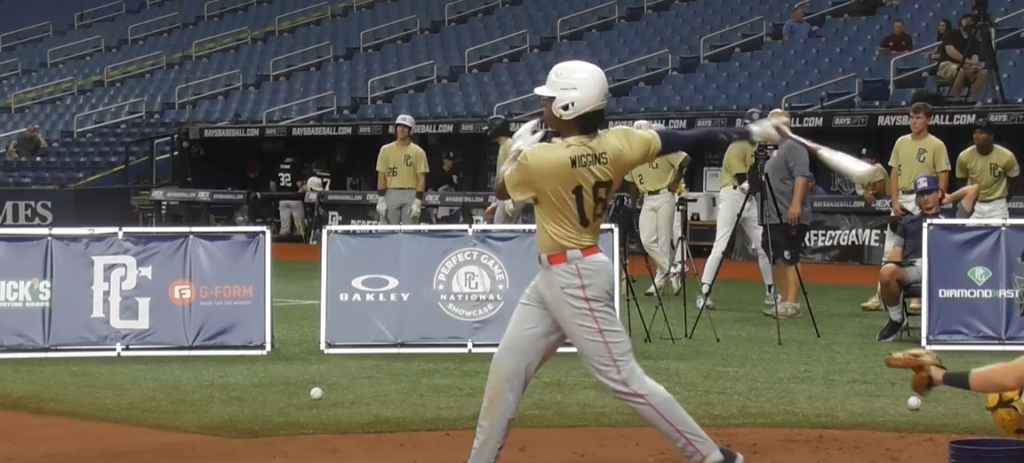
What Size Of The Plate Does A Right-Handed Batter Stand On?
A right-handed batter stands on the right side of home plate. This is known as the “righty” or “RHP” side of the plate. The same principle applies to left-handers, who stand on the opposite side of home plate, known as the “lefty” or “LHP” side.
When a pitch is thrown, it enters the strike zone from either side depending on which hand the pitcher throws with and where he stands in relation to the catcher behind home plate. Right-handed batters should therefore be standing on their designated RHP half of home plate when they are up to bat, ready to take a swing if necessary.
Therefore, it is important for batters to always stand on their designated RHP or LHP half of home plate when taking their turn at bat in order to ensure they are in position for a successful hit. Knowing what size and shape of home plate each batter should be standing on can help coaches and players alike develop effective batting technique and increase their chances of success at the plate. [4]
What Is The Advantage Of Being A Switch Hitter?
Being a switch hitter in baseball can be an extremely advantageous skill, especially when there are runners on base. A switch hitter is someone who is able to bat from either side of the plate, meaning that they can take advantage of the handedness of the pitcher when batting. When facing a left-handed pitcher, a right-handed batter will have a tougher time seeing the ball and making contact with it; however, for a switch hitter that same situation isn’t an issue since they can simply turn around and switch to hitting from their other side against that pitcher. This gives them more chances to make solid contact with the ball and drive in runs.
Switch hitters also tend to be more difficult for opposing pitchers to predict since they can’t be sure which side the batter is going to use when approaching the plate. This can make them much more unpredictable and therefore harder for pitchers to get a read on what type of pitch they can throw in order to get an out. As a result, switch hitters are often able to see better pitches, giving them even more opportunities to hit the ball with power and drive in runs.
In addition, having two different stances when batting allows switch hitters to choose between different techniques depending on their situation. For instance, if a runner is on first base then a switch hitter might opt for a pull swing from one side or an opposite-field approach from the other—both of which may help them drive that runner in. Similarly, if there is a runner on third base then the switch hitter could utilize either approach in order to hit a sacrifice fly and get the run across.
Ultimately, being a switch hitter provides an array of advantages that can help boost any team’s offense. With the ability to take advantage of handedness, see better pitches, and employ different batting techniques depending on the situation, switch hitters can be powerful offensive weapons for any team. [5]
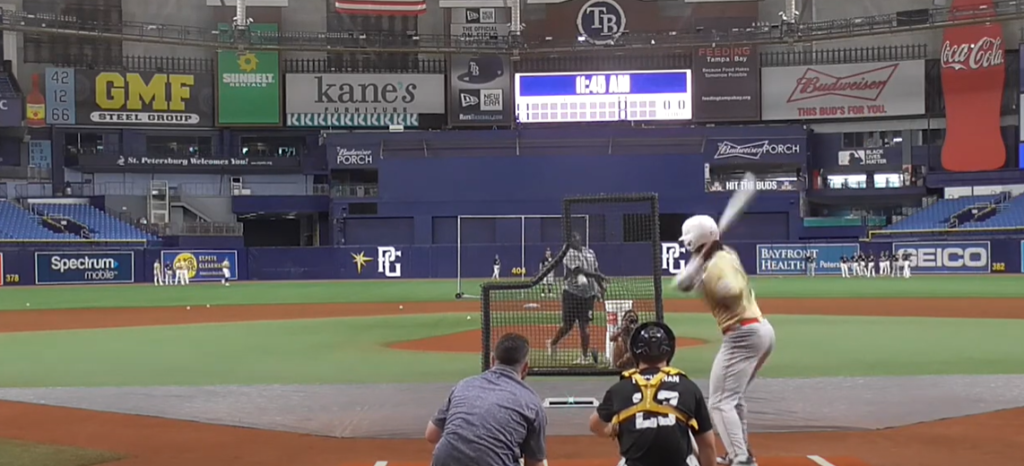
What Is The Three Batter Rule In Baseball?
The three batter rule, also known as the minimum hitter requirement, is a rule established by Major League Baseball (MLB) in 2018. It requires that any pitcher who starts an inning must face at least three batters (or reach the end of a half-inning) before being replaced, except for specific exceptions including injury or illness. This rule was implemented to reduce the number of pitching changes and create more offensive opportunities over the course of a game. The three batter rule helps cut down on long periods of pitching changes and improves the pace of play in baseball games. Additionally, it opens up more opportunities for hitters to get into the game.
By making pitchers stay longer in each game, this allows their opponents to gain a better
understanding of how the pitcher works, which helps them gain an advantage when it comes to hitting against him. It also gives hitters more time to prepare for their at-bats and adjust their approach based on what the pitcher is throwing. Ultimately, this rule helps create a better balance between offense and defense in baseball games. This can lead to more exciting games with higher scoring outcomes, making for a more entertaining experience for fans.
Can Switch Hitters Change Sides During An At-Bat?
The short answer to this question is no. In baseball, a switch hitter is someone who can hit from either side of the plate. This means they are able to bat both left-handed and right-handed depending on the situation. While this gives them an advantage in certain matchups, it does not allow them to switch sides during an at-bat.
As such, switch hitters must stick with one side as soon as their at-bat begins. This means that if they choose the wrong side for the matchup, they will have to live with it until the end of their at-bat or until they are substituted out by the manager.
When batting against a pitcher of the opposite handedness (RHP vs. LHP), switch hitters are often put in a difficult position. While the batting average of switch hitters tends to be higher than that of their single-handed counterparts, they may not always have the power or accuracy needed to make good contact with a pitch from the opposite side.
Fortunately, advanced scouting can help managers to better utilize their switch hitters by helping them choose the correct side for an at-bat before it begins. This is especially important against capable right-handed pitchers (RHP). By studying a pitcher’s tendencies and understanding which side gives an advantage, managers can give their switch hitting players every chance to succeed. [6]
FAQ
What is LHP and RHP in baseball?
LHP stands for Left Handed Pitcher and RHP stands for Right Handed Pitcher. In baseball, a pitcher throws the ball to the hitter from one side of the diamond; left-handed pitchers throw from the left side of the diamond and right-handed pitchers throw from the right side of the diamond. This gives each hitter an advantage or disadvantage depending on which hand they hit with. As a result, teams tend to prefer having some combination of both lefties and righties in their bullpen so that they can be prepared to face any kind of hitter. Generally speaking, most relievers will be either LHP or RHP while starting pitchers are more likely to be both.
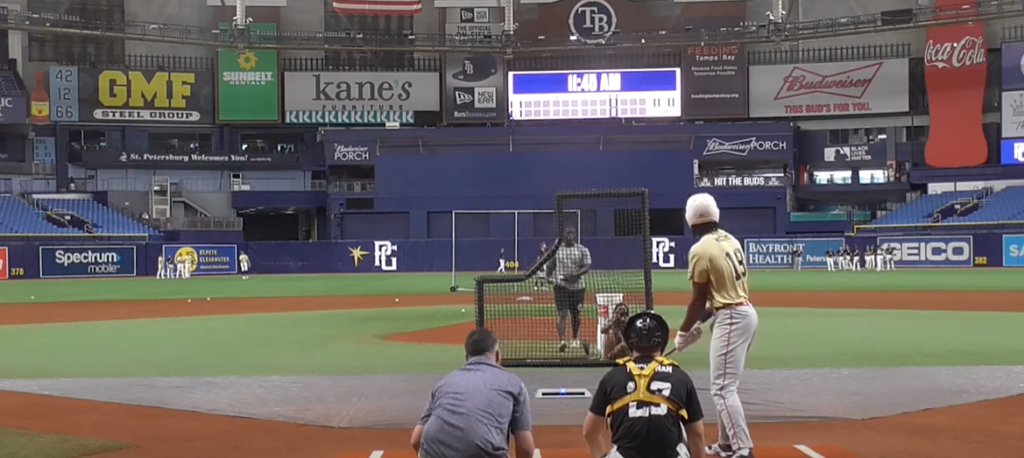
What is the difference between LHP and RHP?
The primary difference between LHP and RHP is the direction in which they throw the ball. Left-handed pitchers tend to have an advantage when facing right-handed hitters, while right-handed pitchers have an advantage when facing left-handed hitters. Additionally, some pitchers are able to use the natural spin of their pitch to their advantage; for example, a lefty may be able to get movement on a fastball by throwing it with a lot of spin from left to right (to a right handed hitter), or a righty may be able to make a curveball break in towards lefties.
What is the importance of having both LHP and RHP?
Having both LHP and RHP gives teams flexibility when constructing their lineup. Having a bullpen with some combination of both lefties and righties allows teams to match up their relief pitchers against the most advantageous matchup for each hitter. Additionally, it can help to reduce fatigue on certain pitchers by allowing them to face one set of batters instead of facing all hitters regardless of handedness. This flexibility can be particularly useful in late-game situations, where a single pitch can mean the difference between winning and losing.
Useful Video: Baseball Stats 101: ERA, FIP, WHIP Explained
Conclusion
RHP (Right-Handed Pitcher) is a designation used in baseball to indicate when a pitcher throws with their right hand. RHP often appear more frequently in Major League Baseball than left-handed pitchers, because they are statistically more effective at getting batters out. RHPs can be further broken down into categories such as starters, relievers, and closers, depending on the role they play on their team’s pitching staff. Regardless of the type of role, having an effective RHP is essential for any team hoping to succeed in baseball. Therefore, understanding what RHP means and recognizing its importance is key for any fan looking to gain a better appreciation for the sport.
References:
- https://legionreport.com/what-does-rhp-mean-in-baseball/
- https://wezen-ball.com/rhp-mean-in-baseball/
- https://legionreport.com/what-does-rhp-mean-in-baseball/
- https://acronyms.thefreedictionary.com/RHP
- https://www.metroleague.org/what-does-rhp-mean-in-baseball/
- https://www.acronymfinder.com/Right-Handed-Pitcher-(baseball)-(RHP).html





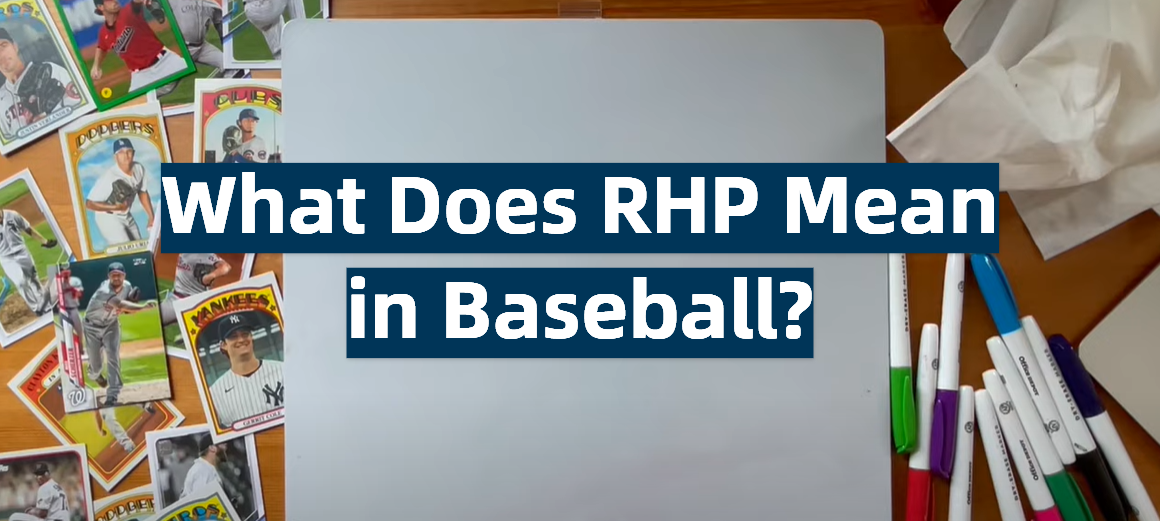
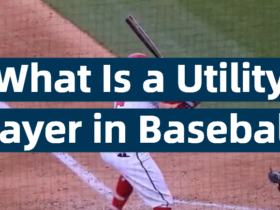
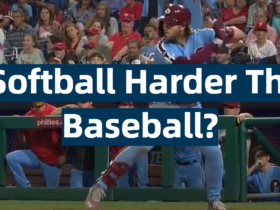

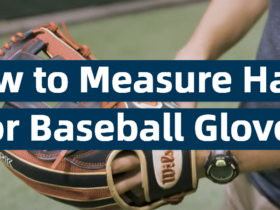
Leave a Review